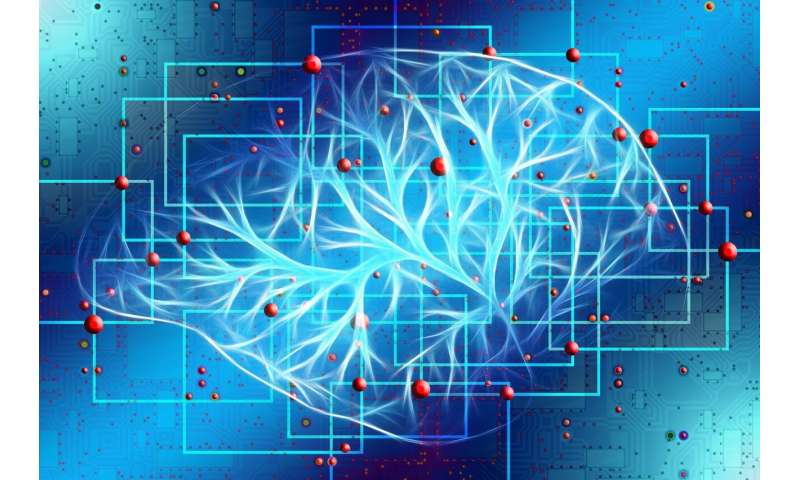AI opens a path to a better understanding of changes in the brain

Brain networks are often represented by graph models that incorporate neuroimaging data from MRI or CT scans to represent functional or structural connections within the brain. These brain graphs can be used to understand how the organ changes over time.
Traditionally, however, these models treat the brain graphs as static, which can miss or ignore underlying changes that could signal the onset of disease or neurological disorders.
A collaborative team of researchers led by Lifang He, an assistant professor of computer science and engineering at Lehigh University, aim to develop new methods for modeling the dynamics of brain graphs using artificial intelligence that will generate more accurate, interpretable, and fair predictions when it comes to disease.
"A static graph represents a single point in time," says He. "In contrast, a dynamic graph represents multiple images taken at multiple points in time. We'll be using a new AI method called neural ODE, or ordinary differential equation, to analyze these dynamic brain graphs. The ODE is adept at capturing dynamics in continuous time that could unveil the progression of disease."
Neural ODE combines deep learning with concepts from ordinary differential equations, and allows a neural network to model both continuous change and sudden discontinuous change that can lead to more accurate predictions.
She says this AI tool will also facilitate the discovery of biomarkers—genetic traits, changes, or alterations associated with the brain—that can help detect disease or disorders.
"There are researchers focused only on disease prediction or biomarker discovery, but we'll be focusing on both simultaneously," she says.
The team will first extract brain graph data from neuroimaging scans and then develop a unified framework of Brain Graph Ordinary Differential Equations (BrainGDE) interweaving graph neural networks and ODEs to analyze the data, conduct the predictions, and identify which regions or biomarkers are associated with disease.
"This will allow us to track how disease develops in individual patients," says He. "So it's allowing for a more personalized approach to care."
The project could help reshape deep learning techniques for temporal data mining in bioinformatics and health care technologies. The approach, says He, "could revolutionize our approach to both diagnosis and treatment."
Provided by Lehigh University